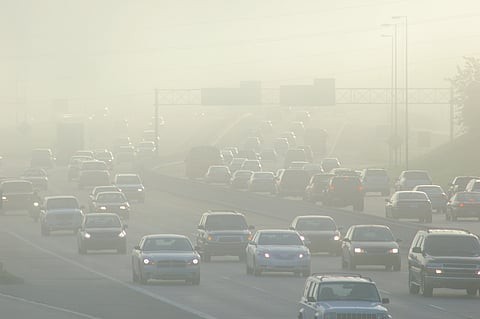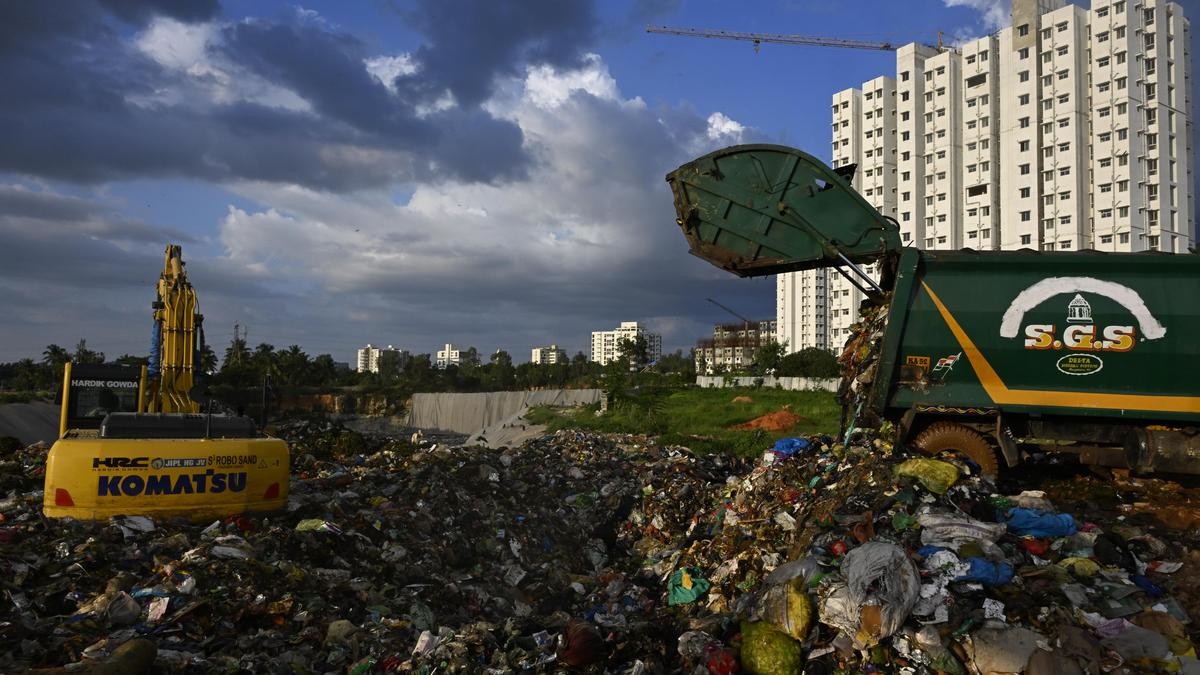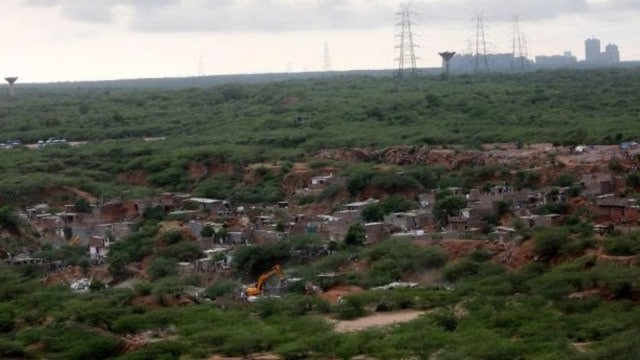





Disclaimer: Copyright infringement not intended.
Context
Highlights
Average global temperature
Annual mean temperature
Precipitation
Paris Agreement
MUST READ ARTICLES:
About WMO: https://www.iasgyan.in/daily-current-affairs/wmo-state-of-global-climate-report-2022
|
PRACTICE QUESTION Q) Global temperatures are likely to surge to record levels in the next five years, according to a ‘Global Annual to Decadal Climate Update’ issued by the World Meteorological Organization. Discuss the various factors which can fuel such a surge. (250 words) |







© 2025 iasgyan. All right reserved